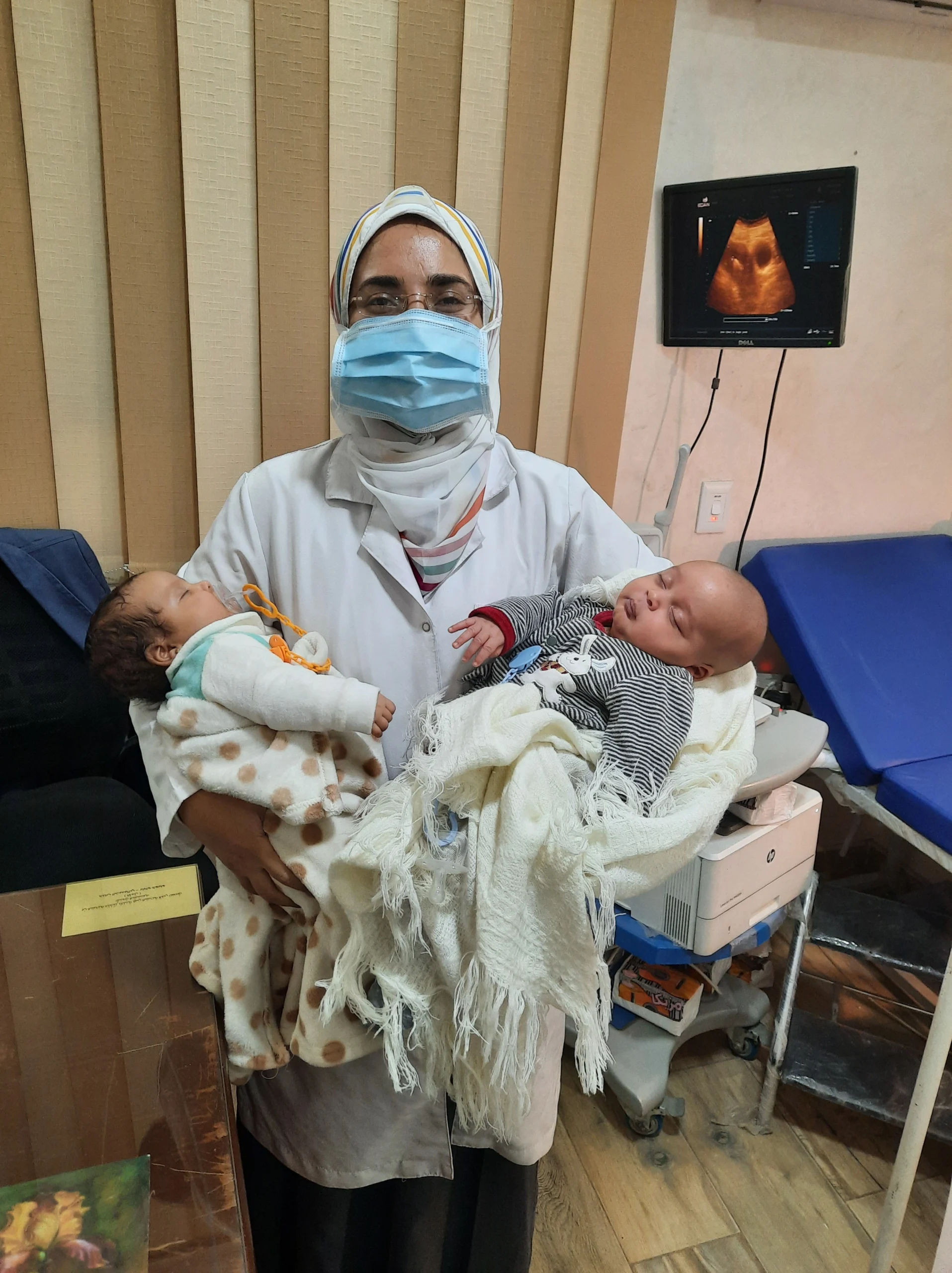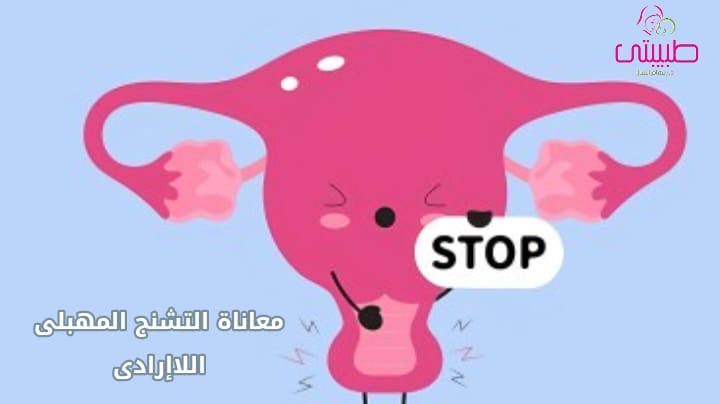السر وراء فشل الحقن المجهري: قصص واقعية تُعيد تعريف “الأمل” د. ريهام الشال
رحلة الأمومة والأبوة هي محرك الأمل الأعظم في حياة الزوجين. ولكن بالنسبة للكثيرين، تتحول هذه الرحلة إلى مسار محفوف بالصعوبات والتحديات، لا سيما عند اللجوء لتقنيات الإخصاب المساعد. فبعد كل التعب، والجهد، والدعوات، قد تأتي اللحظة التي يُسمع فيها الزوجان كلمة “فشل”. السؤال الذي يتردد صداه في كل مركز حقن مجهري هو: لماذا يفشل الحقن المجهري رغم كل هذا التقدم العلمي؟
في هذا التحليل العميق، تخرج الدكتورة ريهام الشال عن المألوف، وتتوقف عن سرد قصص النجاح المعتادة لتروي 10 تجارب واقعية للفشل، مُعلنة أن الحقيقة تتطلب الاعتراف بوجود النجاح والفشل على حد سواء، ومن الفشل، كما تقول، “تعلمنا كيف يكون النجاح”.
الفصل الأول: القصة الأولى.. عندما يسرق الوقت الأمل
تبدأ الدكتورة في سرد أولى القصص، وهي لسيدة بطلة قَدِمت من بلاد بعيدة خصيصًا لتبدأ رحلتها في مصر، وكان عمرها يتجاوز 44 عامًا. هذه القصة تسلط الضوء بوضوح على أن الخلل أحياناً لا يكمن في الإجراء الطبي أو التقنية، بل في سوء توقيت اتخاذ القرار.
1. خطيئة التأخير وعامل العمر القاتل
في بداية رحلتها، تابعت السيدة مع أحد الأطباء المتميزين، لكنها أمضت ما يقارب سنة ونصف في محاولات للحمل الطبيعي، حيث كان الطبيب مُصِراً على إمكانية ذلك. هنا تكمن المشكلة:
خسارة رأس المال البيولوجي: هذا الوقت المُهدَر لم يكن مجرد فترة انتظار، بل كان بمثابة خسارة لأجود وأحسن البويضات، التي يمكن أن تتوفر في هذا السن. إن عنصر الوقت هو الأساس في طب الإخصاب المساعد، خاصة مع تقدم عمر الأم، حيث تتدهور جودة وكمية البويضات باستمرار.
القرار غير المُعلَّم (Uninformed Choice): تؤكد الدكتورة على الدور الأصيل للطبيب، وهو “أن تُخيّر الحالات”. يجب على الطبيب أن يوضح الخيارات والفرص بوضوح تام، لتمكين المريضة من اتخاذ ما يُسمى “الاختيار المبني على المعرفة” (Informed Choice). فمن حق المريضة أن تعلم أن فرصها الطبيعية هي (كذا)، وفرصها بالتدخل الطبي هي (كذا)، وبناءً عليه تكون هي صاحبة القرار.
2. البداية الصعبة والضعف المفاجئ
بعد السنة والنصف، جاءت البطلة إلى الدكتورة بـ “أرقام متغيره تماماً” عن تحاليلها السابقة. ومع بداية بروتوكول الحقن المجهري، كان الاستجابة ضعيفة جداً، وتم سحب بويضة واحدة فقط.
معيار الأمل النادر: على الرغم من صعوبة الموقف، وبفضل من الله، تم إخصاب هذه البويضة، وهو أمر “نادر الحدوث” في مثل هذه الحالات المتقدمة في السن.
…..
الفصل الثاني: أخلاقيات الطب وضغط المريض
وصلت الرحلة إلى مرحلة تكوين الجنين، وهنا يظهر الجانب الأخلاقي والمهني في التعامل مع نتائج الحقن المجهري.
1. التوقف في الانقسام ورفض الإرجاع
البويضة المخصبة كونت جنيناً، ولكن هذا الجنين “لم يكمل انقساماته”، وبالتالي لم يصل إلى المرحلة التي يمكن عندها إرجاعه. وهنا تظهر أمانة مراكز الحقن المجهري:
القرار الإنساني: المراكز الأكثر دقة وأمانة “لا يرجعون أجنة إلا إذا كانت فرصها في إعطاء اختبار حمل إيجابي عالية”. فالطبيب يرفض إرجاع جنين يعلم مسبقاً أنه سيفشل، لتجنيب المريضة عناء أسبوعين من الأدوية والحقن والانتظار الذي سيؤدي حتماً إلى نتيجة سلبية.
2. الضغط النفسي على الطبيب
كان رد فعل البطلة بعد إبلاغها بعدم إمكانية الإرجاع هو الزعل الشديد والاعتراض: “إزاي؟ طب ما هو في جنين تكون! طب ليه ما نرجعهوش؟”.
موازنة الضمير وضغط العيان: تحذر الدكتورة من الضغط الذي يمارسه المريض على الطبيب لإرجاع “أي جنين”، حتى لو كان غير صالح. قد يضطر بعض الأطباء للرضوخ لهذا الضغط لتجنب المواجهة، على الرغم من أنهم يُؤدُّون “أمراً فيه أمانة وصدق”. هذه رسالة مباشرة للمرضى بـ “الرأفة بالاطباء” وعدم وضعهم في موقف يوازن فيه الطبيب بين ضميره وضغط المريض.
الفصل الثالث: معجزة الـ 46 عاماً ودرس الإحباط
بعد فشل المحاولة الأولى، استمرت البطلة في رحلة تحضير أخرى، لكنها واجهت إلغاء للدورات متتالية بسبب سوء التحاليل.
1. الجنين البطيء يتحدى التوقعات
في دورة لاحقة، تمكنت من تكوين بويضة جديدة، وتم إخصابها بنجاح. تكون الجنين، ولكنه كان بطيء الانقسام، لدرجة أنه في اليوم الثالث لم يصل عدد خلاياه إلى المعدل المطلوب. تقرر إرجاع الجنين، لكن الفريق الطبي كان في حالة “إحباط” وتوقعات سلبية.
المقارنة الصادمة: في يوم نقل الأجنة، كان مع هذه البطلة (46 سنة) حالات أخرى أصغر سناً وذات أجنة “درجة أولى وممتازة”. كانت التوقعات العلمية تشير إلى نجاح الحالات الأصغر وفشل حالة الـ 46 عاماً.
2. الانتصار الذي لم يكتمل.. وقدرة الخالق
جاءت نتيجة الاختبار لتُعلم الأطباء والمريضة درساً لا يُنسى:
فشل الأجنة الممتازة: الحالات التي كانت تحمل أجنه “جيدة وممتازة” لم يحدث لها الحمل وكانت النتيجة سالبة.
نجاح الجنين الضعيف: هذه الحالة، رغم كل الصعوبات وضعف الجنين، وصلت إلى اختبار حمل إيجابي. هذا الجنين “قدر يحاول إنه يغرس نفسه في هذه البطانة”.
على الرغم من أن الحمل لم يكتمل وبدأ مستوى الهرمون في النزول، إلا أن هذه المحاولة كانت دليلاً قاطعاً على قدرة الله وعظمة الخلق، وأن الإرادة الإلهية قد تتجاوز كل التوقعات والإحصائيات العلمية.
الفصل الرابع: دروس لا تُنسى في رحلة البحث عن الإنجاب
تُلخص الدكتورة ريهام الشال العبر الأساسية المستخلصة من هذه القصة، والتي يجب أن تكون نبراساً لكل زوجين يخوضان هذه التجربة:
عنصر الوقت هو الأولوية: يجب اتخاذ قرار الحقن المجهري في الوقت المناسب وعدم إهدار الوقت الثمين، خاصة بعد سن الـ 40، لأن الوقت هو العنصر المانع لأي محاولات جديدة.
الفشل هو خطوة للتعلم: “الفشل عمره أبداً ما كان نهاية الطريق”. بل كل محاولة هي خطوة للتعلم، تُفيد الأطباء في تحديد الأسباب وتعديل الخطط العلاجية المستقبلية.
رحمة الله أوسع من اليأس: يجب أن تكون الثقة قائمة ليس فقط على تطور العلم، ولكن على إيمان مطلق بأن “رحمة الله أوسع من حدود يأسك”.
أهمية الإشراف الطبي السليم: لا يجب الاعتماد على المعلومات المنفردة أو التجارب العامة، بل يجب أن يكون كل قرار أو محاولة تحت إشراف طبيب أو طبيبة مُعالِجة “على خلفية طبية من معلومات قوية جداً تؤهلك لفلترة المعلومات”.
في النهاية، هذه القصص تذكرنا بأن رحلة الإنجاب تتطلب مزيجاً من العلم الدقيق، والقرار السليم المُتخذ في الوقت المناسب، والأمل الذي لا ينضب في قدرة الخالق.




